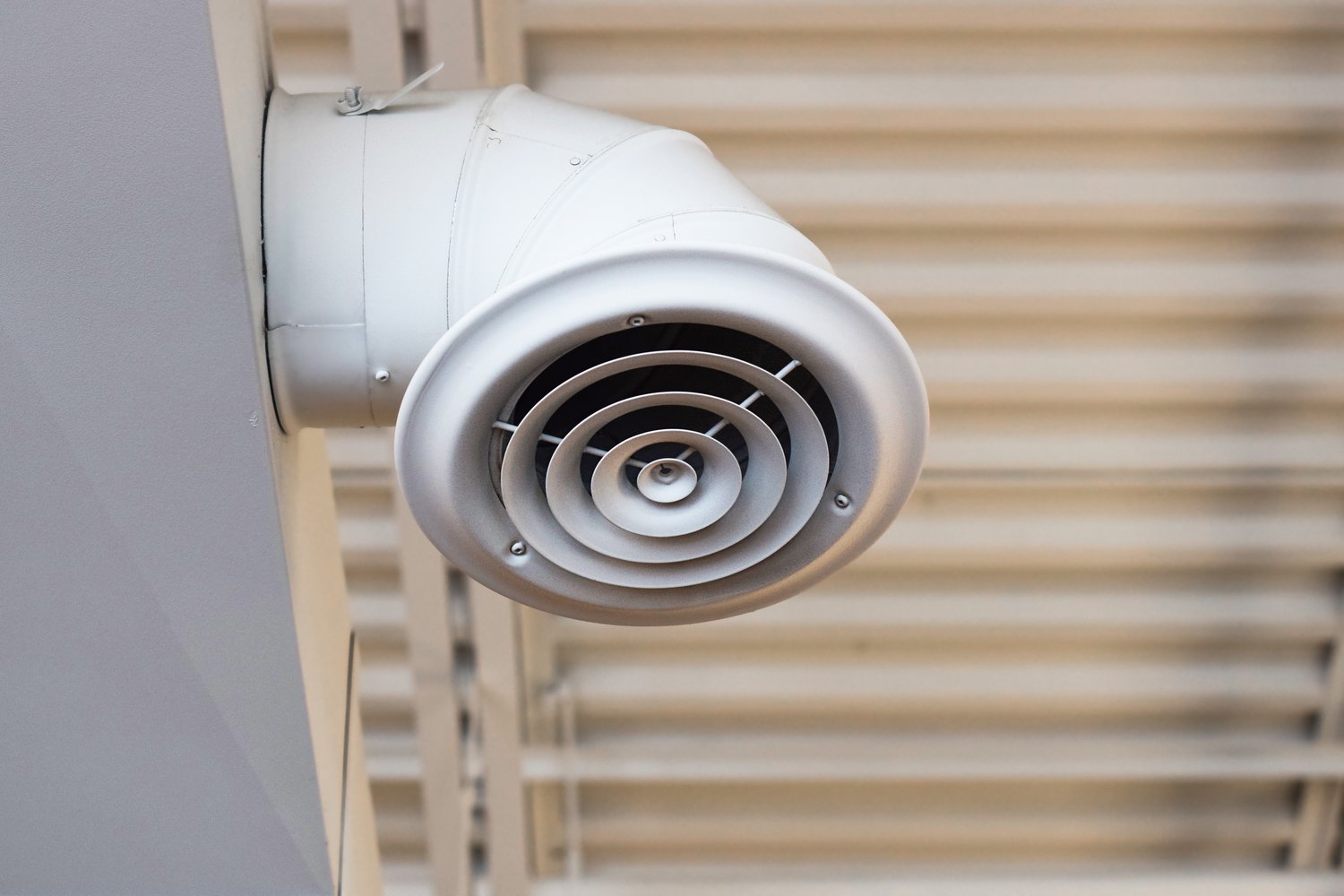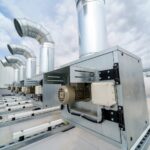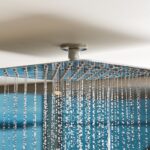Understanding recuperation and its benefits
Recuperation is a crucial process in maintaining indoor air quality. This technology recovers heat from exhaust air, transferring it to incoming fresh air. Modern recuperation systems can recover up to 95% of heat energy. These systems significantly reduce energy costs and improve indoor comfort. Recuperation also helps in reducing carbon footprint by lowering energy consumption.
Recuperation centers are the heart of these systems. They house the heat exchanger and fans that drive the air flow. High-quality recuperation centers can handle airflow rates from 200 to 1000 cubic meters per hour. These units are designed to operate quietly, with noise levels as low as 35 decibels. Recuperation centers come in various sizes to suit different building requirements.
Wall recuperation units offer a compact solution for individual rooms. These units are ideal for retrofitting existing buildings. A typical wall recuperation unit measures about 30 cm in diameter. It can provide fresh air for rooms up to 25 square meters in size. Wall recuperation systems are easy to install and maintain.
The air distribution system is essential for effective recuperation. It consists of ducts, grilles, and diffusers. A well-designed system ensures even air distribution throughout the space. Ducts are typically made of galvanized steel or flexible materials. Air distribution system components should be properly sized to minimize pressure loss.
Proper maintenance is key to the longevity of recuperation systems. Filters should be cleaned or replaced every 3 to 6 months. The heat exchanger should be inspected annually for dust accumulation. Regular maintenance can extend the system’s lifespan by up to 20 years. It also ensures optimal performance and energy efficiency.
Choosing the right recuperation system
Selecting an appropriate recuperation system depends on several factors. Building size, occupancy, and local climate play crucial roles. For residential applications, systems with 150-300 m³/h capacity are common. Larger commercial spaces may require systems handling over 1000 m³/h. Energy efficiency ratings, such as Specific Fan Power (SFP), should be considered.
Counter-flow heat exchangers offer the highest efficiency. They can achieve heat recovery rates of up to 95%. Cross-flow exchangers are more compact but slightly less efficient. Some systems incorporate additional features like bypass modes for summer ventilation. These allow fresh air to enter without heat exchange during cooler nights.
Noise levels are an important consideration, especially in residential settings. Look for systems with noise ratings below 35 dB(A). Proper installation with vibration dampeners can further reduce noise. Some advanced systems offer variable speed fans for quieter operation during off-peak hours.
Control systems enhance the functionality of recuperation units. Basic controls allow for manual fan speed adjustment. More advanced systems offer programmable schedules and sensor-based operation. Some can integrate with smart home systems for remote control and monitoring. This allows for optimized operation based on occupancy and indoor air quality.
Consider the system’s filtration capabilities when making a selection. High-quality filters can remove particles as small as 0.3 microns. This is particularly important in urban areas with high pollution levels. Some systems offer additional filtration options like activated carbon filters for odor removal. Ensure that filter replacement is easy and cost-effective for long-term maintenance.
Installation and maintenance tips
Proper installation is crucial for optimal recuperation system performance. The unit should be placed in a well-insulated space to prevent heat loss. Ensure sufficient clearance around the unit for maintenance access. Ductwork should be properly sealed to prevent air leakage. Use insulated ducts in unheated spaces to maintain air temperature.
Regular maintenance is essential for system longevity and efficiency. Clean or replace filters every 3-6 months, depending on usage and environment. Inspect the heat exchanger annually for dust accumulation or damage. Clean fan blades and housings to ensure smooth operation. Check and tighten electrical connections to prevent system failures.
Monitor system performance regularly to catch issues early. Keep an eye on airflow rates and temperature differentials. A sudden increase in energy consumption may indicate a problem. Some systems offer built-in diagnostics to alert users of potential issues. Address any unusual noises or vibrations promptly to prevent further damage.
Consider professional servicing at least once a year. Technicians can perform thorough inspections and cleanings. They can also recalibrate the system for optimal performance. This is particularly important for systems with complex controls or additional features. Professional servicing can extend the system’s lifespan and maintain its efficiency.
Educate building occupants on proper system use. Avoid blocking air inlets or outlets with furniture or curtains. Use exhaust fans in bathrooms and kitchens to remove excess moisture. Open windows periodically to allow for natural ventilation. These practices complement the recuperation system’s operation and maintain good indoor air quality.





